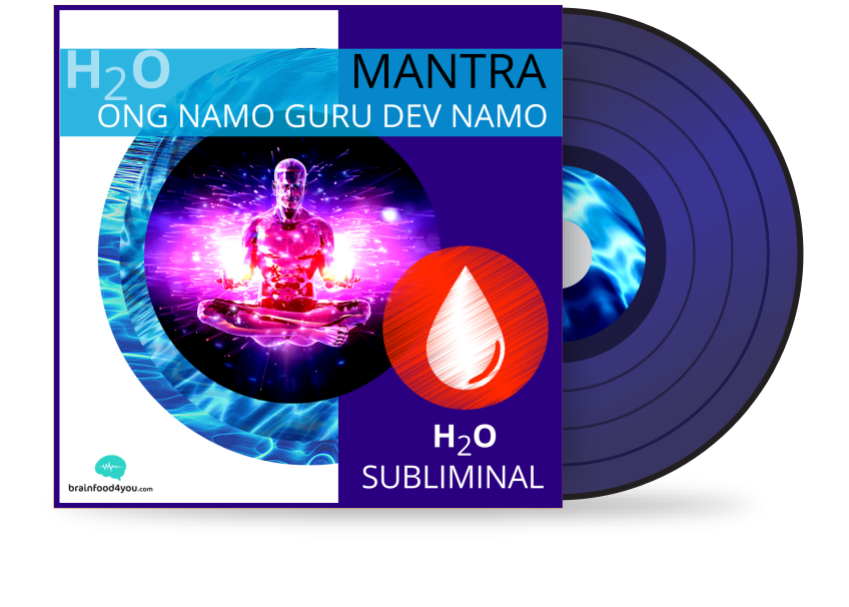


Mantra is a practical tool for aligning our vibration with this path to wholeness. Within each of us is the potential to catalyze, and entrain, heightened states of awareness. In other words, through mantra, we have the power to send our own internal entraining signal and shift our frequency.Ĭonsider this: all creative and spiritual practices change the structure and physiology of the brain in order to tune into more conscious experience. A recent study by TM Srinivasan, published in the International Journal of Yoga, suggests that chanting certain mantras does seem to entrain physiological functions in the body. We may be in a depressed and hopeless state of mind, and when surrounding ourselves with mantra or sacred sound, begin to feel our experience shifting.Īll of this is explained in part through entrainment, the process through which two independent systems merge and co-relate. We may be in the best mood ever and when we come home to a highly charged or stressful environment, we start to feel that stress ourselves. We may be low in energy, but when we enter a lively room for a celebratory event our spirits may be lifted to match the frequency of the room. Yoga teaches us and science confirms that we are, in fact, interconnected. In this way, we are always negotiating within ourselves, with each other, and with our environments. When two signals are close to each other in frequency, they fall into a single frequency. Entrainment is a process through which independent systems interact with each other. This is explained in part through the scientific process of entrainment. Repeating a mantra restructures the patterns of mind that filter and shape our experience. Since the body and mind are in motion, we can shift our experience through the sounds we create and the words that we speak. The science of mantra is rooted in the cosmology that the universe is made of sound, and all matter vibrates at a signature frequency. There are unlimited ways in which to weave mantras into your life. Teachers often play mantras throughout class, and practitioners might play them while they cook, drive, or even sleep. They can be chanted aloud, repeated mentally, or listened to. A posture might call for a mantra, and so might a breath exercise or meditation. Mantras can be in any language, though, including English. Although you will sometimes hear this language referred to as “Gurmukhi,” this technically refers to the script in which Sant Bhasha and other languages are written, not to the language itself. Sant Basha is the primary language used for the sacred writings of the Sikhs. Most Kundalini Yoga mantras are Sant Bhasha, a traditional poetic language of the Indian subcontinent that blends many different languages and dialects. Mantra is completely interwoven into Kundalini Yoga practice. Generally speaking, a mantra is a word or sound repeated to orient the mind in meditation and to shift the frequency of our thoughts, and thus our experience. Mantras can be as simple as one word phrases, and as complex and beautiful as those we find in ancient texts. This is available on is the applied use of sound to impact consciousness. Music: In class we used the version from Satkirin Kaur Khalsa’s album ‘Ignite Your Light’. The mantra is repeated 3 times on one breath: Within this postion, your fingers come into gyan mudra (thumbs and index fingers pressing together).įocus and Mantra: Your eyes are focused on the tip of your nose. Your hands are cupped in front of your heart centre, with your palms facing up and the sides of your fingers touching (like you are receiving something). Bring your chin in so you have a light neck lock. Posture: Easy pose, with a straight spine. Tune in to your meditation practice with ‘Ong Namo Guru Dev Namo’ (repeat 3 times).

It can help you gain perspective and direction. By doing the ‘Complete’ Adi Mantra, you are establishing awareness and guidance, linking your present state and your higher consciousness. We chant it to tune into our higher selves. This mantra will be familiar – we use the Adi Mantra to tune in before we begin class.


 0 kommentar(er)
0 kommentar(er)
